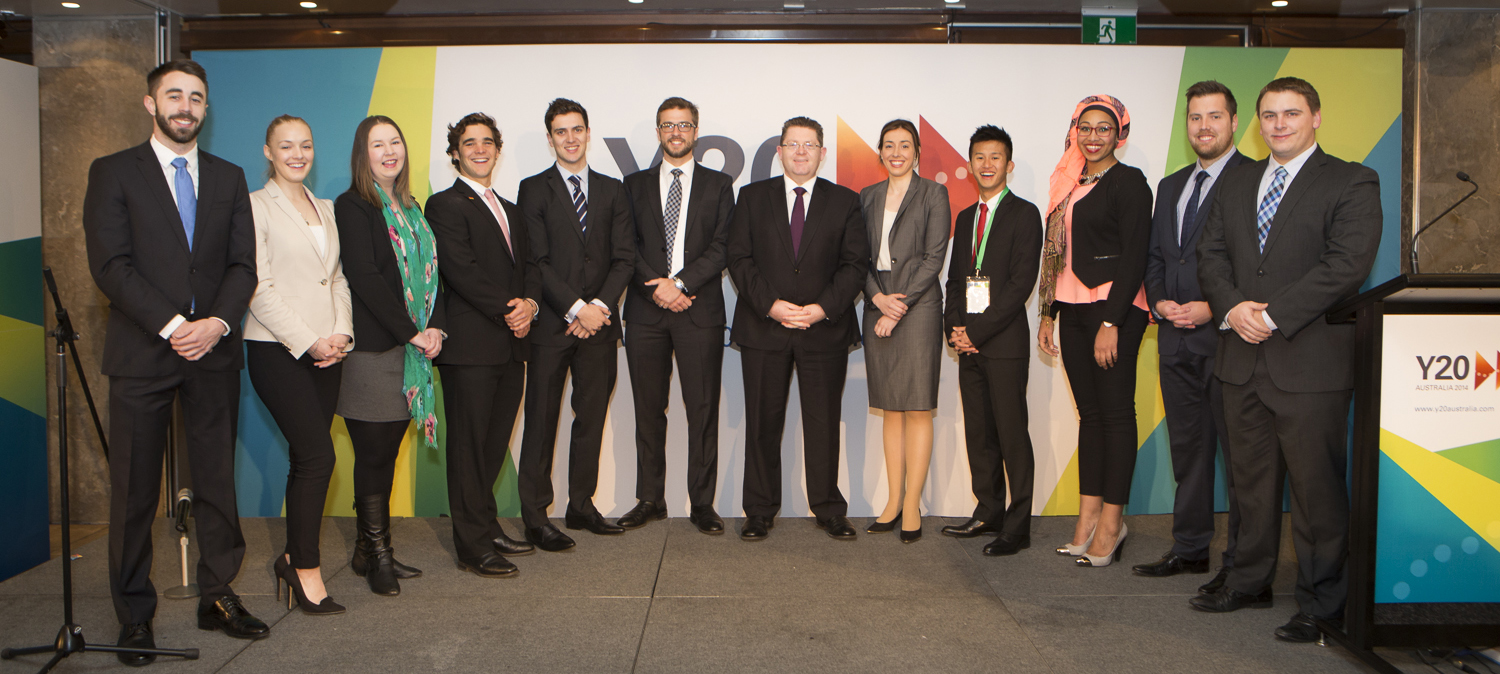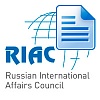Mikhail Korostikov: The Youth 20: an Essential Dialogue
In
Login if you are already registered
(no votes) |
(0 votes) |
Author: Mikhail Korostikov, Project manager, Moscow State University of Economics, Statistics and Informatics, member of the Russia Y20 delegation.
In July 2014, in the run-up to the G20 Summit, Sydney hosted the Y20, one of several formats aimed at helping global leaders become informed about the expectations of the most important social organizations represented by the Civil 20, Business 20, ThinkTank 20 and Labor 20, each of which has its own interests and policy recommendations.
The Y20 was started by Russia in 2006, which launched the Junior 8, a concept that was later adopted by Canada which held the first Y20 summit during its own G20 presidency.
Formally, the Y20 is a mechanism designed to articulate the demands of young people who have their own unique problems and interests, some of which have emerged from the difficult circumstances that they face around the world. According to the International Labor Organization, in 2013 unemployment in the 15 to 24 age group reached 13.1 percent, i.e. several times higher than that observed among adults.[1] Moreover, the ILO reiterated that the difference between the two generations is at a historically high level. For example, in Southern Europe, i.e. Portugal, Spain and Greece, this figure has soared to 40-50 percent.[2]
These circumstances prompted the Summit’s focus on jobs and economic growth, two critical issues for delegates to develop proposals about. The two other sections revolved around the concepts of global citizenship and sustainable development and reflected the priorities that Australia, the host country, placed on the agenda. The Russian delegation, which I was fortunate to be a member of, contributed significantly to all three discussions and put forth ideas that were included in the final communiqué.
The summit’s format and activities revolved around the individual and relied on the creativity of the host country. During this year’s summit, the collaboration behind the communiqué began four months prior to the event itself through the creation of an Internet forum used by participants to communicate and discuss various problems and ways to resolve them. By early June, a vote was held to select 12 urgent issues to be discussed as well as the possible solutions proposed by the delegates. Later on, the Y20 organizers presented these 12 points during the meeting of the G20 Sherpas and financial representatives.
The development of the ideas for the face-to-face debates were the core of the next stage, which was famous for the controversial and specific proposals that reflected the competition between delegations for their own individual contributions to be included in the final document. The delegates discussed the issues until mid-July and then again during the Sydney Summit. The heated debates in all three group meetings brought the number of recommendations down from 50 to 15 which was only made possible through intense deliberations, compromises, the identification of synergies, lengthy backroom talks and several tactics not found in the arsenals of professional adult diplomats.
In the end, several coalitions emerged. The EU delegation remained independent, while other groups from France, Germany, Great Britain and Italy emerged. Naturally, the EU delegation fully coordinated its steps with EU countries before the event in order to create a united front. On the whole, this delegation also allied itself with Australia and Canada, while the U.S. delegation unexpectedly was rather inert, staying away from debates, just like its main geopolitical rival China.
The Chinese indifference created quite an obstacle for the Russian delegation’s attempts to build a BRICS coalition, but in the long run the inactivity of the Asians was replaced by the energy of the knowledgeable and dynamic Turks. In the end, at least one Russian proposal was fully or partially reflected in each section. In the Jobs and Economic Growth section, the Russian proposal called for the creation of an intensive system for support of youth entrepreneurship in every state, including legal support, tax breaks, and patent purchase subsidies, among other ideas. In the Global Citizenship section, the Russians suggested the adoption of programs that could counteract brain drain, sending young abroad people for education at the government’s expense on the condition that they return and work in their home country, i.e. an analogue of the Global Education program currently in operation in Russia. In the Sustainable Development section, the Russian delegation proposed that all G20 countries adopt strategies to prevent environmental pollution at the production, transportation and consumption stages.
In all, the Summit was a most amiable affair. Despite the Russia-Ukraine conflict and the tense environment, no aggression toward the Russian delegation was observed. The inevitable questions about Crimea were prompted by sincere curiosity. In response, the Russian delegation focused on explaining the complicated regional relationships, and most counterparts either took the Russian side or obtained a more thoughtful opinion about the situation.
Many view the very idea of the G20 skeptically, which has in turn has an impact on the view of the format of the youth summit. First of all, it is virtually impossible for consensus solutions to emerge from twenty countries as diverse as the United States, Russia, Saudi Arabia and Indonesia. Secondly, having presented their vision of overall peace and sustainable development at the Summit, politicians invariably hold on to policies that suit the needs of their own domestic realities. Nevertheless, such events are important, as they provide future political leaders with the opportunity to become acquainted with other cultures, understand the rules of civilized dialogue and learn to listen to one another even if they disagree.
Such congregations are especially important in an aggravated international environment, as the people-to-people diplomacy helps to melt the ice of misunderstanding in areas where traditional methods bring only the aggravation of frictions. During any current conflict, media outlets try hard to dehumanize opponents and make audiences forget that those on the screen are also human. Hence, youth summits that include delegations from various countries working together might emerge as a symbol of the future.

Photo: www.g20.org
(no votes) |
(0 votes) |




